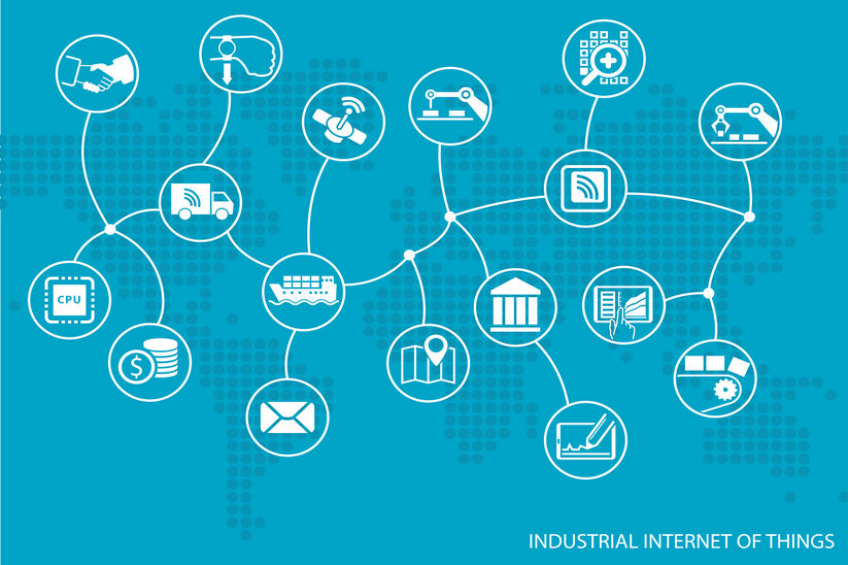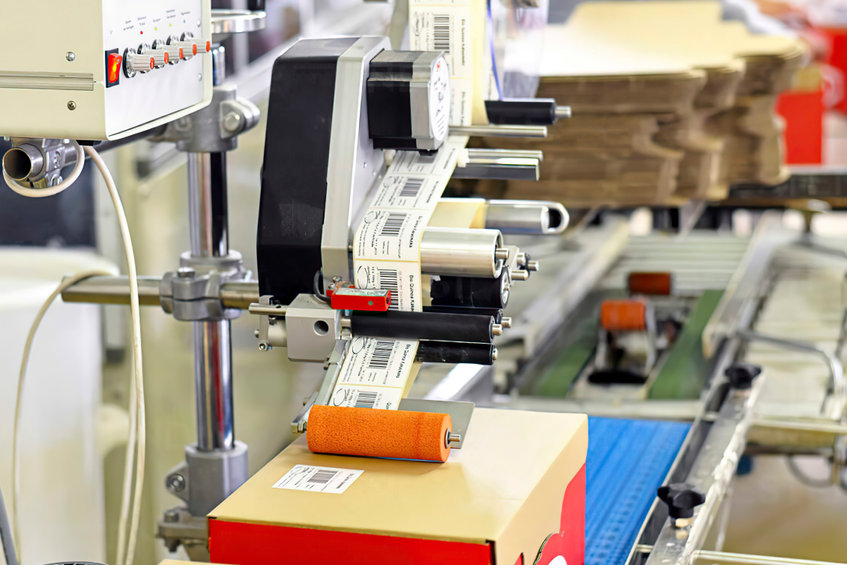Leveraging industrial wireless technologies can help food processing organizations reach their vision of an IIoT (Industrial Internet of Things) enabled plant now and for the future.
Industrial automation is something that has been of interest to processors for decades, not only because of how it represents a sought after level of efficiency and safety but also because industrial environments are not exactly fun places for people. They’re hot/cold, noisy and full of opportunities for human error.
Industrial-Grade Wireless. IIoT, What is it?
One of the leading ways to achieve the wireless sensor IIoT progression comes from the WirelessHART and the Industrial Automation Society’s 100.11a wireless technology standard.
Some of the benefits include:
- Reliable with large coverage WiFI overcoming tough environments with mesh networking and frequency hopping.
- Security that is commissioned and deployed.
- Protocols that are industry-friendly by being multi vendor and open.
- Backward compatible support for hardwired protocols like HART.
- Stingy bluetooth power consumption that means a device can operate battery-powered for five years or more in the field before needing attention.
- In addition to wireless monitoring network solutions in parallel to the controls network keeps critical operations firewalled from the internet.
- Tested and proven technologies since 2007.
Why hasn’t everyone jumped on this?
Cost. WirelessHART and ISA100.11a are great technologies and worth every penny typically, but all those pennies and dollars add up pretty quickly. Especially when taken to the next level with sensors and devices that are involved in next-generation IIoT initiatives. A strong ROI case will need to be made. Something that all IT gurus have to deal with every year at budget time anyways. The effort and implementation would be well worth it for today and the future.
So maybe keep plugging along with what you’ve got already?
The problem is companies are asking current managers to keep driving up efficiency with fewer people. This does have a diminishing return ultimately. Teams recognize they can and should benefit from remote intelligence offered with IIoT solutions.
And perhaps the best part? Because of the low-margin, high-volume nature of the markets where these products do come from, more functionality does not come at a higher cost necessarily. In fact, each generation is usually cheaper than the last.
Food Processing and IIoT
IIoT temperature monitoring is a powerful tool for food safety. Because IIoT sensors are low cost, accurate and reliable, it is easy to accurately track the temperatures to which foods are exposed during every step of food processing. From initial production to supply-chain management and distribution, food processors can ensure that their products are always handled correctly — or identify and avert issues as they occur.
“Bluetooth offers low deployment costs and massive economies of scale because it’s already built into virtually every new smartphone, tablet, and personal computer, not to mention a wide variety of wearables, smart speakers, and other devices. That means IIoT deployments leveraging Bluetooth may be able to avoid having to build a completely proprietary solution to start using wireless systems in smart-building and smart-industry environments.” – Chuck Sabin
Wireless temperature-monitoring technologies can be used to continuously measure the environmental conditions — for instance, the interior of a refrigerated trailer. Even more importantly, they can be used to monitor the interior of packages and containers in which meats and produce are stored. If the seal of a container is broken, or temperature and humidity controls within the container fail, the sensors issue immediate alerts to supply-chain managers so the situation can be mitigated. Together, these food monitoring, trace and control mechanisms reduce spoilage.
Conclusion
As the food processing industry faces new challenges with implementation of new technologies, the use of industrial IIoT equipment will help adopters improve facility productivity. IIoT technologies also can help reduce maintenance issues and overall operational costs.
Food manufacturers of all sizes are looking for ways to cut costs and increase efficiency. Wireless monitoring and predictive maintenance tools can help achieve these objectives. In the supply chain, the IIoT enables real-time data visibility, centralized data collection and proactive, automated problem-solving. To prepare for the opportunities to come, the industry must understand and effectively begin leveraging IIoT technologies today.
As you start to design/update your food processing IIoT network you will need to partner with a software development group that can connect simply and deliver real-time and historical data. Coolearth understands IIoT and can help. Contact us if you would like to learn more.




